At the beginning of our homeschool year this year, I asked my oldest (15) what he enjoyed about studying history. He said that his favorite way to learn history was through biographies – through true stories of people whom God used to bring about change in the world.
One of the best ways to bring history to life is to share the remarkable stories of men and women who stepped out in faith to act on their convictions. Our children need to hear these stories. They need to learn how we got where we are and how they, too, might be a force for positive change. One such inspiring story is that of William Penn, the 17th-century Quaker who founded Pennsylvania.
Disclosure: *This post may include affiliate links. As an affiliate, I earn from qualifying purchases. Read the disclosures and terms for more information.
(This post is sponsored by Christian History Institute, creators of the film Penn’s Seed: The Awakening – Available for free on RedeemTV. All opinions are my own.)
Who Was William Pen? (and why teach about him)
William Penn is an important figure in the history of America that few learn much about. That is unfortunate and something we can change as we educate our children! Not only was William Penn a colonial founder but he was also a champion of religious freedom, equality, and fair governance. He promoted those ideas during a critical time of transition in our nation’s history, and the evidence of his efforts can still be seen today!
Understanding William Penn’s life and legacy is crucial for appreciating the foundational principles that shaped our nation. Today, his contributions continue to influence the protection of individual freedoms characteristic of the United States. By teaching your children about Penn’s story, you’ll help them understand the historical significance of his accomplishments and the continuing value of his pursuit of religious freedom, treating others with dignity, and governing fairly.
William Penn was born in London on October 14, 1644. Although he grew up in an Anglican family, he converted to the Quaker faith in his early adulthood and became a key figure in the Quaker church. Penn drew from his Quaker beliefs when he founded Pennsylvania in 1681 – you can see many of the Quaker principles reflected in the founding documents he wrote. He called Pennsylvania the “Holy Experiment,” with the goal of creating a refuge of religious freedom and cooperation.
William Penn Unit Study for Homeschool
In our homeschool, one of my favorite things to do is teach about historical events and figures using a short unit. It’s a great way to shake up the routine and dig deep into a topic!
Here is a unit we’ll be doing in our family based on the movie Penn’s Seed: The Awakening. (You can find a brief review of the film at the end of this post if you’d like to learn more about it.)
Materials Needed:
- Video: Penn’s Seed: The Awakening (Available for free on RedeemTV)
- The links and activities listed in this unit study.
- Optional: Other resources, listed later in this post.
Unit Outline:
- Intro and viewing of Penn’s Seed: The Awakening
- Day 1: Early Life & Beliefs
- Day 2: Religious Persecution / Freedom
- Day 3: Government & National Impact
- Day 4:Treatment of Native Americans
- Day 5: Worldwide Impact
Intro & Viewing of Penn’s Seed: The Awakening
In preparation for the 5-day unit, review the quick facts listed below as a general introduction to William Penn. Then view the movie Penn’s Seed: The Awakening. The video is about an hour long, so you may choose to divide it into two or three sessions, depending on the ages of your children. You can complete the whole movie before starting Day 1 or work through it as you complete the unit.
Pause occasionally to let younger children narrate (tell back what they learned in their own words) and older children take notes. For your note-takers, give them the following categories to organize their notes into as they watch the movie:
- Early Life & Beliefs
- Religious Persecution / Freedom
- Government & National Impact
- Treatment of Native Americans
- Worldwide Impact & Legacy
Your middle and high schoolers can learn a lot by taking good notes during the movie. You can also have them write narrations or short essays based on the discussion questions or research topics listed each day.
Quick Facts on William Penn’s Life and Accomplishments
- Born on October 14, 1644, in London, England.
- Son of Admiral Sir William Penn.
- Raised in the Anglican Church.
- Witnessed religious persecution of the Huguenots, Quakers, and other religious dissenters.
- Converted to Quakerism in the early 20s.
- Embraced Quaker beliefs in religious tolerance (for all religious dissenters, not just Quakers), equality, and nonviolence.
- Student of law, urban planning, and Christian religious thought.
- Founded and governed Pennsylvania as a haven for religious freedom and tolerance.
- Planned and designed the city of Philadelphia, the “City of Brotherly Love.”
- Established a treaty and peaceful co-existence with the Native American Lenni Lenape tribe.
- Continues to influence leaders and governments, both nationally and worldwide, with his ideas on excellent principles such as religious freedom, trial practices, government by the people, and more.
Day 1: Early Life & Beliefs
Introduce students to William Penn’s early life, religious beliefs, and the foundation of his principles.
Discussion Questions:
- What aspects of Penn’s early life influenced his later choices?
- How did Quaker principles shape his worldview and actions?
- How are Quaker beliefs similar to or different from what the Bible says or what your family believes? (There is a wide range when it comes to beliefs in the Quaker denomination, but this article is a good place to start for discussion.)
Crafts & Activities:
- Start a timeline of William Penn’s life and add events to it as described in the Penn’s Seed video. Optionally, add visuals and short descriptions.
- Print and color this coloring page of a colonial Quaker couple.
- Look up examples of the Quaker hat (“Wideawake Hat”) and create one with cardboard or construction paper.
- Create a page outlining Quaker beliefs that William Penn advocated for. Glue an illustration of William Penn in the center. Draw 6 circles around the illustration and write these headings in them: Inner Light, Simplicity, Equality, Peace & Nonviolence, Community & Mutual Support, & Religious Tolerance. Have your students write a short description in each circle (or orally narrate) about how the belief influenced William Penn.
Research & Essay Topics:
- Learn about the biblical principle of conscience. How did Quakers, and William Penn in particular, uphold this principle in their ideas and actions? (Consider looking into Penn’s work, Great Case of Liberty of Conscience and this article from Quakers in the World.)
- Find out more about William Penn’s parents, Margaret Jasper and Admiral Sir William Penn. How did their own beliefs and sympathies impact William Penn?
- The Penn family was initially Anglican. Research the differences and similarities between the Anglicans and Quakers. According to Penn’s Seed, why was William Penn’s conversion to the Quaker church seen as a problem for his father and the government at the time?
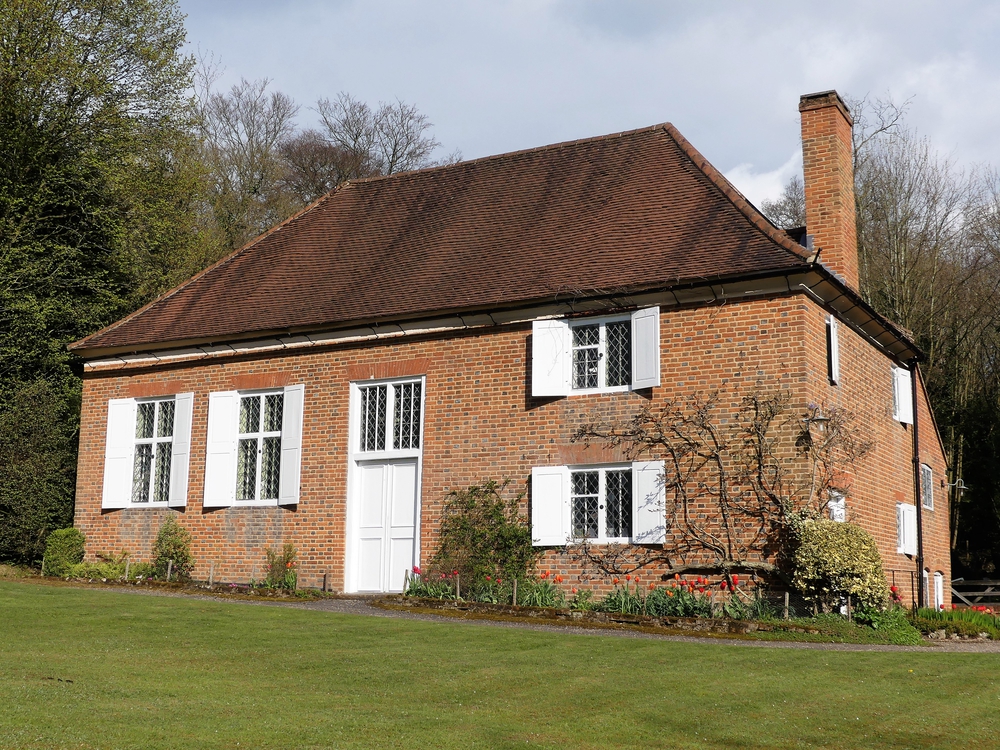
Day 2: Religious Persecution / Freedom
Explore the theme of religious persecution, Penn’s advocacy for religious freedom, and its impact.
Discussion Questions:
- What is religious freedom, and why is it important?
- According to Penn’s Seed, what examples of religious persecution did William Penn witness? How did it shape his views and actions?
- What examples of religious persecution and/or religious protections can we see in the modern world?
- Can progress still be made in the area of religious tolerance and freedom? How might William Penn’s ideas contribute to those efforts?
Crafts & Activities:
- Print and read William Penn’s “Charter of the Liberties and Frame of Government of Pennsylvania,” especially section xxxv. Highlight examples from the text that reflect Penn’s principles and beliefs that we’ve discussed so far.
- Design a poster that visually represents the key principles of the “Charter of Liberties.” Include illustrations and captions that highlight the aspects of religious freedom and tolerance emphasized in the charter.
- Draw and color a quilt on paper, each square showing symbols and images representing aspects of William Penn’s “Charter of Liberties” and the Quaker principles he endorsed. (Optionally, look up the history and tradition of Quaker quilts or “Friendship quilts.”)
Research & Essay Topics:
- Compare and contrast William Penn’s notions of religious liberty with the contemporary understanding of religious freedom. In what ways were his ideas revolutionary for his time? How do they resonate with present-day discussions on religious tolerance?
- William Penn witnessed examples of religious persecution that shaped his views. Research and write a narration of the following examples and discuss how they influenced Penn:
- Religious persecution of the Quakers
- Religious persecution of the Huguenots
- The Clarendon Code
- Test Acts
- Conventicle Acts
- The Great Ejection
- Based on Penn’s Seed and other sources, research and discuss the enduring legacy of William Penn’s ideas on religious liberty in contemporary society, both in the United States and worldwide. What lessons can be learned from his advocacy?
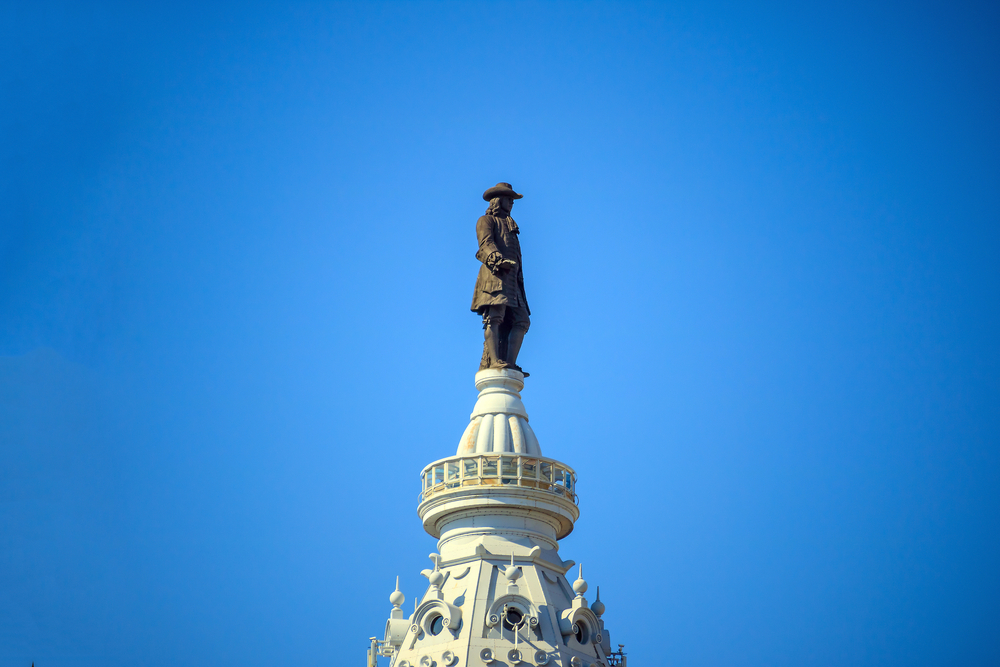
Day 3: Government & National Impact
Examine Penn’s contributions to governance and their impact on the United States.
Discussion Questions:
- In his founding of and vision for Pennsylvania, what principles of government and justice did William Penn emphasize?
- How did William Penn influence the justice system and the courts? What experiences did he have that contributed to those efforts?
- How might William Penn’s ideas on governance have influenced the thinking of the Founding Fathers of the United States?
Crafts & Activities:
- Build a diorama representing a colonial courthouse in Pennsylvania during William Penn’s time. Use shoeboxes, craft materials, and clay or paper figures to depict a courtroom scene. Discuss the importance of fair and just courts in early Pennsylvania.
- Create a stamp that represents the colonial seal of Pennsylvania during William Penn’s time. You can draw it on paper or create a stamp using a potato, craft foam, or rubber carving blocks. Discuss the symbolism and significance of the colonial seal.
- Create a pack of trading cards featuring influential figures in the early history of Pennsylvania. Use index cards and include a drawn or pasted image of the person and a short written description of their roles, contributions, and key principles they advocated. Here is a list of figures to consider:
- William Penn
- George Clymer
- Thomas Fitzsimons
- Benjamin Franklin
- Jared Ingersoll
- Thomas Mifflin
- Gouverneur Morris
- Robert Morris
- James Wilson
Research & Essay Topics:
- William Penn was influenced by several great thinkers, including John Locke. Research their connection and what Penn gleaned from him. Discuss or write how Locke’s ideas are reflected in Penn’s words and actions.
- Investigate the influence of Penn’s ideas on the nation’s founding principles and on the U.S. Constitution. Narrate or write a paper detailing what you find.

Day 4:Treatment of Native Americans
Examine Penn’s approach to Native American relations and its historical impact.
Discussion Questions:
- How did Penn’s treatment of Native Americans differ from that of other colonial leaders?
- What lessons can we learn from Penn’s approach to intercultural relations?
- After William Penn died, how did his family and the leaders he left behind approach the Native Americans? How would he have felt about it?
- What lasting impact has William Penn had on government-Native American relations in Pennsylvania and surrounding states today?
Crafts & Activities:
- Draw a picture depicting a peaceful meeting between Penn and Native Americans. Write this quote below it: “We meet on the broad pathway of good faith and good-will; no advantage shall be taken on either side, but all shall be openness and love. We are the same as if one man’s body was to be divided into two parts; we are of one flesh and one blood.”
- In Penn’s Seed, we saw a wampum that was created to depict the friendship and collaboration between William Penn and the Native Americans. Create your own wampum bracelets or use this video for younger children.
- Read about the “Great Elm” under which the treaty was said to be signed. Plant a small tree or create a paper tree with students, symbolizing the unity and growth resulting from the treaty.
- Learn about the Lenape tribe. Make a wigwam or longhouse out of pipe cleaner.
- Draw or craft a version of the Quaker symbol, which stands for peace and charity.
Research & Essay Topics:
- Research and discuss the motivations behind William Penn’s decision to negotiate a treaty with the Native Americans. What factors influenced his approach to relations with indigenous peoples? (Political, ideological, religious, practical, etc.)
- While the actual treaty document is not available to us, we have eyewitness accounts, scholarly articles, poems, songs, and illustrations that help confirm the details and circumstances of the treaty. Research those details and share what you find in a presentation or paper.
- Write an essay discussing the contemporary relevance of William Penn’s treaty. How might the principles embedded in the treaty inform discussions about land rights, cultural understanding, and diplomacy today?
Day 5: Worldwide Impact & Legacy
Explore the global implications of Penn’s ideas and legacy.
Discussion Questions:
- Why is William Penn an important historical figure?
- How have William Penn’s actions and ideas impacted our nation and the world, even today?
- Why do you think Penn’s actions and ideas had such a profound impact on the nation and the world? (Hints: Where did his ideas come from? What did he overcome? How was he able to do this?)
- What character traits and ideas can WE take away from William Penn’s life that will help us to stand up for what is right?
Crafts & Activities:
- Create bookmarks with the following quote and add border decorations: “Right is right, even if everyone is against it, and wrong is wrong, even if everyone is for it.” – William Penn
- Create the flag for Kurdistan and a flag for the United Nations. On the back, write about the impact William Penn’s ideas have on them today (described in the Penn’s Seed film).
- Design a board game to review the information learned during this unit. Print one of these game templates and draw an X on a few of the spaces and an arrow on a few others. Then, use the following instructions to play:
- Write simple questions and answers from the video or this unit on index cards.
- Each player has a marker (such as a coin or dry bean) to mark their spot on the board.
- The first player rolls a die and moves ahead that number of spaces. The other player asks one of the questions from the unit.
- If the question is answered correctly, the marker can be moved forward that number of spaces.
- If a marker lands on the beginning of an arrow, the player can slide their marker to the spot at the end of the arrow.
- If they land on an X, they must go back 5 spaces. The first player to the finish circle wins!
Research & Essay Topics:
- Research challenges and criticisms, both historically and today, to William Penn’s ideas. Describe instances where his ideas were rejected by groups and individuals.
- Discuss or write about how William Penn’s principles of governance and religious freedom could be applied to contemporary global issues such as religious conflicts, refugee crises, and human rights abuses.
Additional Resources About William Penn
- Video: Penn’s Seed: The Awakening
- Article: Who are the Quakers, and What Does the Friends Church Believe?
- Book: “The World of William Penn” by Genevieve Foster
- Book: William Penn: Liberty and Justice for All by Geoff and Janet Benge (They have a unit study you can purchase to go with it as well.)
- Video: Drive Thru History on William Penn
FREE Documentary – Penn’s Seed: The Awakening
Penn’s Seed: The Awakening is a 1-hour documentary by the Christian History Institute and a fantastic resource for homeschool families to learn about William Penn and his legacy. As you watch, you’ll learn about this inspiring hero of history who planted seeds in our nation for religious freedom, brotherly love, and fair governance – principles worth revisiting in current times. This movie is essential for families who want to learn about William Penn’s impact on the principles of our founding fathers, our government, and nations and organizations worldwide.
I enjoyed this film and can’t wait to share it with my children! For academic and discussion purposes, it’s best suited for upper elementary to high schoolers. The first half of the movie goes through his life and accomplishments, while the second half emphasizes the legacy he left and how it impacted history. The beginning of the film, in particular, touches on the Quaker beliefs and Penn’s spiritual experiences. I would take some time to review Quaker beliefs with your children and compare and contrast them to your family’s beliefs and to Scripture. It sparks some great discussions!
I especially appreciated how this film gives us insight into how Penn’s ideas were perceived by the Native Americans, both then and now, and how other countries and groups have taken up Penn’s ideas in recent years to foster freedom and mutual care. Overall, it’s an inspiring and educational resource!
Be sure to come back and leave a comment here to share your thoughts on Penn’s Seed: The Awakening. I’d especially love to hear if you try it out the unit study or if you have anything to add!
~ Tauna

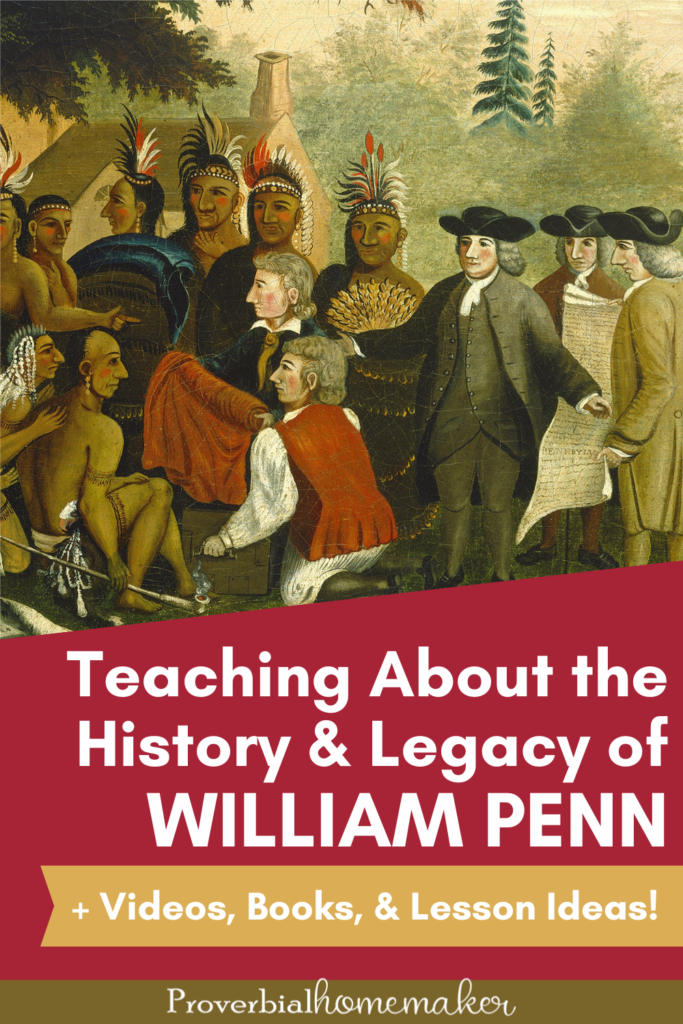
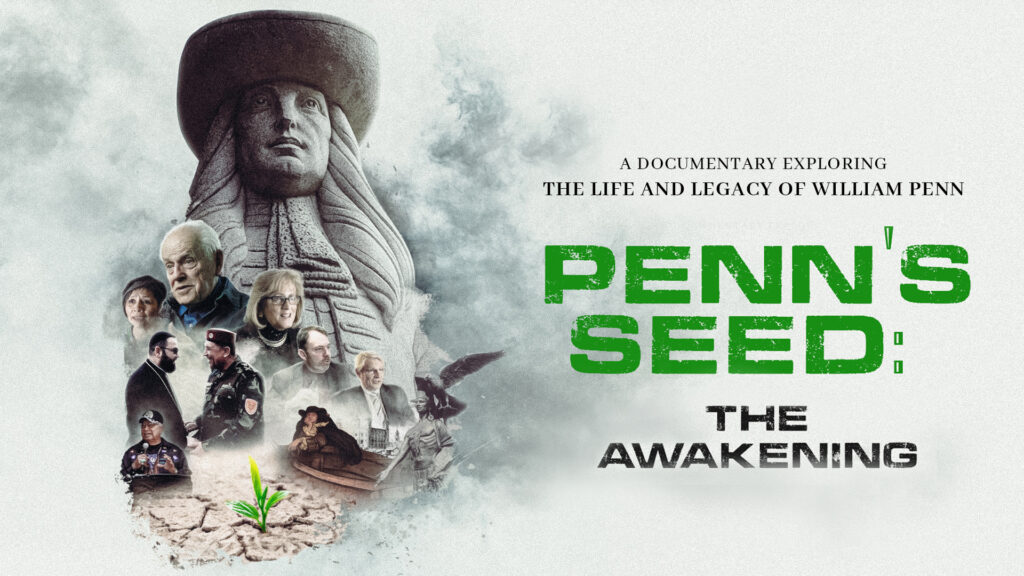
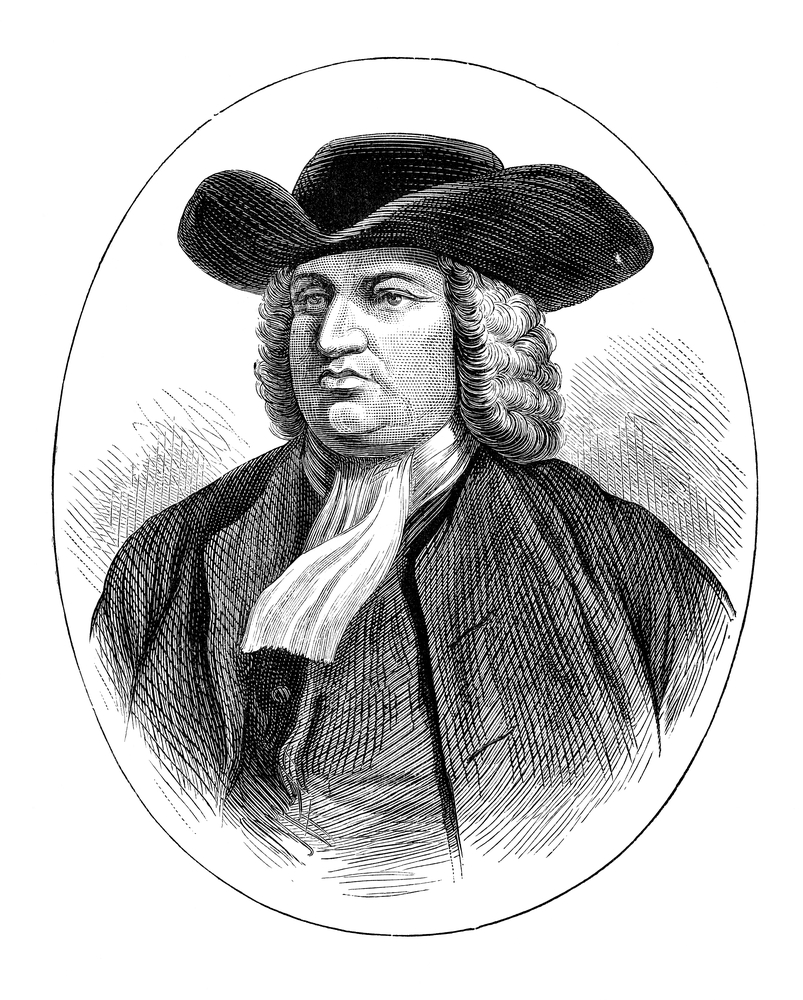
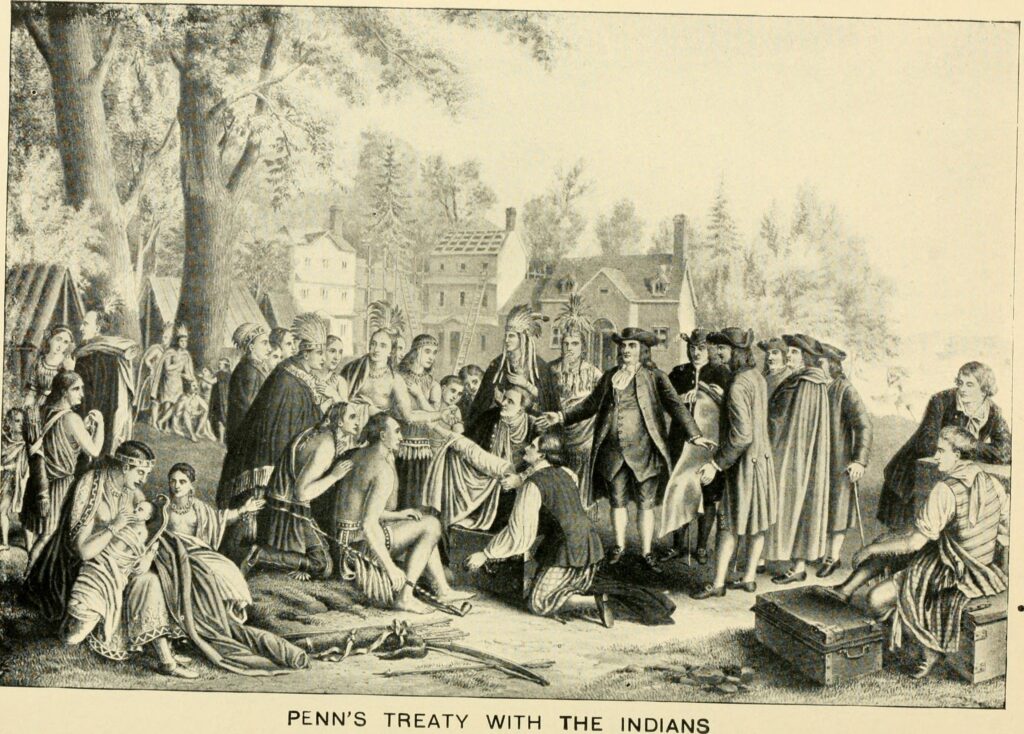





 by Stephanie, The Multi Taskin' Mom
by Stephanie, The Multi Taskin' Mom
This Post Has 2 Comments
First, thank you for putting this together! It’s a great resource and very timely in our own studies of the beginnings of the United States. Although, I noticed a link for Day One (Research & Essay Topics: Learn about the principle of conscience) goes to a school that is associated with The Church of Jesus Christ of Latter-day Saints. Is there a reason why you chose this particular information versus something that is directly related to the Society of Friends (Quakers)? They are very much different in their beliefs and can be misleading to drawn on information that is from a religious source other than that which you are presenting.
Thank you for catching that and letting me know! I didn’t see that it was an LDS site. I was trying to link to a general principle approach article on the principle of conscience. I’ve fixed that and added another Quaker source at the end of the sentence for research purposes.